SummaryAirport Rating n/a Reception of locals **** Cost: £££
The VikingsWhile the area of Normandy has been controlled by the Celts, Romans and Franks, it was following the Viking raids and their eventually settlement here during the 9th and 10th centuries that this coastal area of northern France transformed into a medieval powerhouse. The name Normandy reflects its origins as the land controlled by the Norsemen, led by Rollo Ragnvaldsson, who by the early 10th century secured Norsemen (or Norman) rule in the area. From here, Rollo's successors expanded their holdings when, in 1066, William of Normandy (or William the Conquerer) successfully invaded England. Over the following century the Normans founded colonies in southern Italy, Sicily, Anatolia and the Levant - one of the world's earliest global and sea-based empires. Over time, the headquarters of Norman rule shifted to England and Normandy slowly came under the control of France. Its importance reduced, the area became primarily agricultural with some industry developing during the time of the French Revolution. In the 20th century, Normandy once again found itself at the centre of military actions during the D-Day Landings when Allied troops landed a large amphibious force to free western Europe from Nazi occupation. The invasion led to the destruction and levelling of many important settlements in Normandy leading to extensive rebuilding during the second half of the 20th century. Today, Normandy remains largely agricultural in nature, broken up by several cities, including the current capital Rouen. This article looks at some of the stops I made during my recent visit and (much like the Brittany article) will be updated as I explore more of the area. Mont-Saint-MichelMont-Saint-Michel is, from a distance, an absolute fairytale and a UNESCO World Heritage Site. It rises over the flat farmland of the Normandy countryside like a structure from a fantasy world. What makes it even more surreal is that the entire complex is built in the sea! Yep, it's situated half a mile off the coast of France. This means that depending on the time of day that you visit, the complex is either surrounded by water (which you can cross using a newly built bridge), or is surrounded by a sandy beach. If that seems dangerous, then the design purpose of the complex has been achieved. It was built so that it would be difficult to besiege. Any siege could only last hours as the tide would come in and destroy any siege machines. It's one of the reasons it remained unconquered during the Hundred Years War with England, despite being just across the English Channel (and the areas surrounding the complex coming under English rule). The reason I describe it as a fairytale from a distance is because once you get into the complex, it is very busy. 3 million people visit it each year, so it's no surprise that the narrow passageways are heaving with people. As soon as I walked in, things felt familiar, like I'd already been here before. In year 8, we took a school trip to Normandy. I remember very little of the trip - bits from the coach trip, flashes from the ferry, and I know we visited the Bayeux Tapestry. But something tells me we also visited Mont-Saint-Michel. There is actually a permanent population of 30-50 people who live in the complex, and it's easy to forget that as you walk through super narrow alleyways, some no more than shoulder width across. But every so often you get a glimpse of someone's living quarters through a window. Shops along the main streets sell food, drink and souvenirs, while the gradient of the street rises towards churches, hotels and even a cemetery. You could spend hours taking all the little passageways that lead up and down from the Abbey. Admission is free but it's €10 to see the main Abbey. While paying the price of the ticket, we arrived too late to go into the Abbey, but again, I feel like I've already visited. Even then it's too long ago for me to remember much, so unfortunately no review on the abbey. One for a return trip. It's a unique structure with a lot of history, so if you're into that you'll like it. But if you don't like crowds or overpriced shops, then this probably isn't a place you'd want to visit. BayeuxLocated near the coast of the English Channel, the town of Bayeux has a story that goes back two millennia. Founded as a pre-Roman Gallic settlement, the area grew through the Roman period before being destroyed by Viking raids. It was rebuilt by the Vikings who settled in the area, becoming the pre-eminent settlement of the area by the 10th century before William the Conquerer moved the capital from Bayeux to Caen. The area suffered more destruction over the next several centuries during near constant warfare between the English and the French, but surprisingly survived the broader destruction of Normandy during the Second World War. It means that Bayeux retains some of the older architecture that other settlements in Normandy might no longer have. Today, Bayeux is a relatively small town of less than 15,000 famous more for its history than what it produces now. Perhaps the most famous part of town is the Bayeux Museum, home of the Bayeux Tapestry. When I was in year 8, our school took us on a trip to Normandy and although I remember very little (largely the ferry ride and the coach ride with friends), I have very blurry memories of the tapestry. Entry costs €12 but the ticket is valid for 12 months and also allows entry into another local museum. The museum is spread over several floors but is dedicated almost exclusively to the Tapestry, a 70 metre long embroidered cloth created in the 11th century that tells the story of the Norman invasion of England. The Tapestry has incredible detail and to think it is a thousand years old is something else. A small audio guide is a great companion that describes the different scenes detailed in the Tapestry. For me, it is one of the great markers of human history and one of the more impressive artefacts of northern European history. While the Bayeux Museum hosts the Tapestry now, it spent most of its life in the nearby Bayeux Cathedral. Much like other nearby French towns, Bayeux has an obscenely large place of worship for such a small town and it genuinely feels like a town attached to a cathedral rather than a cathedral in a town. Built in 1077 under William the Conqueror, most of the present cathedral dates back to the subsequent centuries following serious damage in the 12th century. During my visit there was no one in the cathedral and I felt absolutely tiny in this incredibly large Gothic structure. The scale of the cathedral is unbelievable and between the lofty ceilings, the intricate details on the exterior, and the beautiful stained glass windows, Bayeux Cathedral is one of the most spectacular cathedrals I've ever visited. Downstairs is a small crypt with magnificent pillars covered in paintings which is well worth seeing. A short walk from the cathedral is the Bayeux War Cemetery, the largest Commonwealth war cemetery in France with close to 5000 burials. The grounds of the cemetery actually belong to the UK as France ceded them to the UK forever as gratitude for the role Britain and the Commonwealth played in the liberation of France during the Second World War. I visited on a wet a muddy day, but it was humbling being surrounded by so many graves of men that were not really much older than their early to mid twenties. To be surrounded by so many graves and still be the eldest person is a pretty strange experience. There aren't any Sikh soldiers here (they are in the Neuve-Chapelle cemetery near Calais), but there are graves for many German soldiers which I thought was a nice touch. RouenRouen is another city with a long history, however it dwarfs Bayeux in size. During the Medieval period the city was one of the largest in the world, and today it is still home to some half a million people. Located on the Seine, upriver from Paris, the city was traditionally a key passage of trade heading north out of Paris, and even today has one of the country's largest seaports. Rouen was a key seat of Norman power for several centuries before the city and the kingdom were annexed by the French in 1204. Over the following centuries the city was a key battleground between the English and the French, and the city was also the site of the burning of Joan of Arc. Following the end of the wars between the two powers, Rouen went through an extended period of growth, punctured by short wars before being substantially destroyed by the Allied landings during the Second World War. The city suffered extensively by bombing campaigns by both Britain and the US. Today the city is a mix of beautiful heritage landmarks and more questionable post-war reconstruction. The Vieux Rouen (or Old Town of Rouen) is a gorgeous area of historic buildings spanning the long history of the city. Some of the streets in the area (like Rue Saint-Romain and Rue du Gros-Horloge) are particularly stunning. The former is a street filled with beautiful half timbered buildings that look they are leaning into the narrow cobblestoned street, each building painted in unique colours. I'm a fan of half timbered architecture and for me every where I looked seemed beautiful. The latter is home to the Gros-Horloge, an astronomical clock dating back to 1389, and not too dissimilar to the astronomical clock I saw in Prague (which you can read about here). The clock was moved to its current position in the 16th century and dominates the Rue du Gros-Horloge, its golden facade representing the sun with 24 rays. Rouen is home to several churches and cathedrals, but the most spectacular is Rouen Cathedral, the tallest cathedral in France, and for a period of four years in the 19th century, the cathedral was the tallest building in the world. There has been a church on the site of the current cathedral for around 1800 years but its transformation into a cathedral didn't begin until 755. It was damaged by Vikings raids in the 9th century, but within 100 years was rebuilt and became the burial ground for Rollo (the same King Rollo I mentioned earlier). In the 11th century the cathedral was rebuilt in a Romanesque style, and two centuries later was rebuilt in a Gothic style. It suffered severe damage at various points over the next 500 years, but each time new features were added. Eventually, after a fire damaged the wooden spire in 1822, an iron spire was added which topped the cathedral off at 151 metres, making it for a short while the tallest building in the world. Despite suffering significant damage during the war, the cathedral was rebuilt and today dominates the Rouen skyline. I've been around the world, seen many landmarks and visited innumerable cathedrals, but walking into the square and seeing the frontage of Rouen Cathedral will stay with me forever - you can never be prepared for the actual scale of this place. The main entrance, located on the western front has three portals lined up with the three aisles of the naves inside. While this facade dates back to the 12th century, it was enlarged and redesigned in the 14th century. Inside, like most French cathedrals, there are beautiful high ceilings and intricate stained glass windows. The cathedral contains the tomb of Rollo as well as King Richard the Lionheart of England. A big difference between Rouen Cathedral and Notre Dame in Paris (which you can read about here) is the fact that the ceilings on the side aisles are lower than the central nave. Here, it only adds to the scale of the building. Honestly, this is one cathedral you should definitely visit. Joan of Arc was burned in the area now known as Place du Vieux Marche. I didn't like this part the old town as much as the others, as the central square is now covered by a church for Joan of Arc. It is supposed to represent either an upside down Viking boat or the pyre that Joan of Arc was burned on. Either way, completed in 1979 it is completely out of character with the rest of the area and looks a bit...grey. Even the buildings on the perimeter of the square feel a little dirty. That being said, Rouen is a lively city with modern shops housed in ancient buildings. There is a lot to see a do, and I really enjoyed my time there. It's a city that I'm likely to revisit and when I do I will write a standalone piece. Is Normandy worth visiting?While I've done a lot more in Brittany, I feel like I have only scratched the surface of Normandy and I look forward to returning and visiting other cities like Caen and Le Havre. However, the cities I have visited are beautiful, and Rouen in particular has embedded itself into my memory and is a place I want to revisit. It might lack the natural beauty of Brittany, but Normandy has a lot of important monuments and architecture which serve as reminders of humanities best and worst qualities. In terms of travelling as a Sikh, I had no problems, and certainly Rouen seems to host a decent immigrant population (but little to no Sikhs). Comments are closed.
|
AuthorBritish Sikh, born in the Midlands, based in London, travelling the world seeing new cultures. Categories
All
|
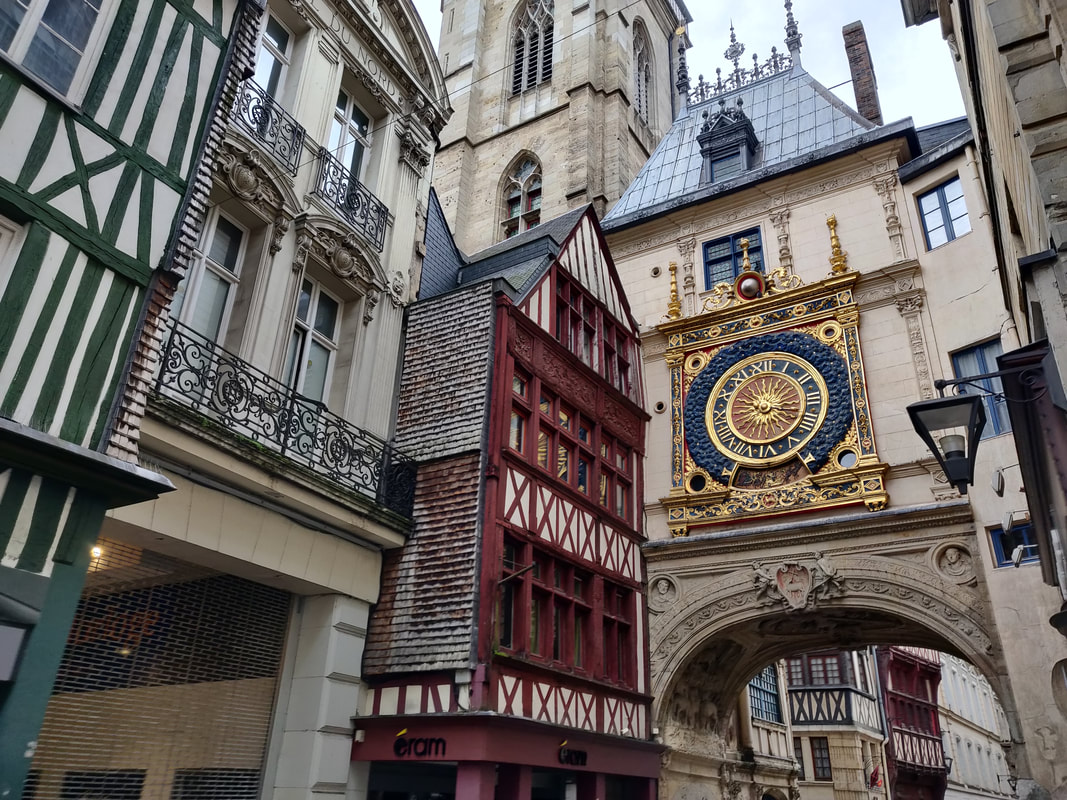
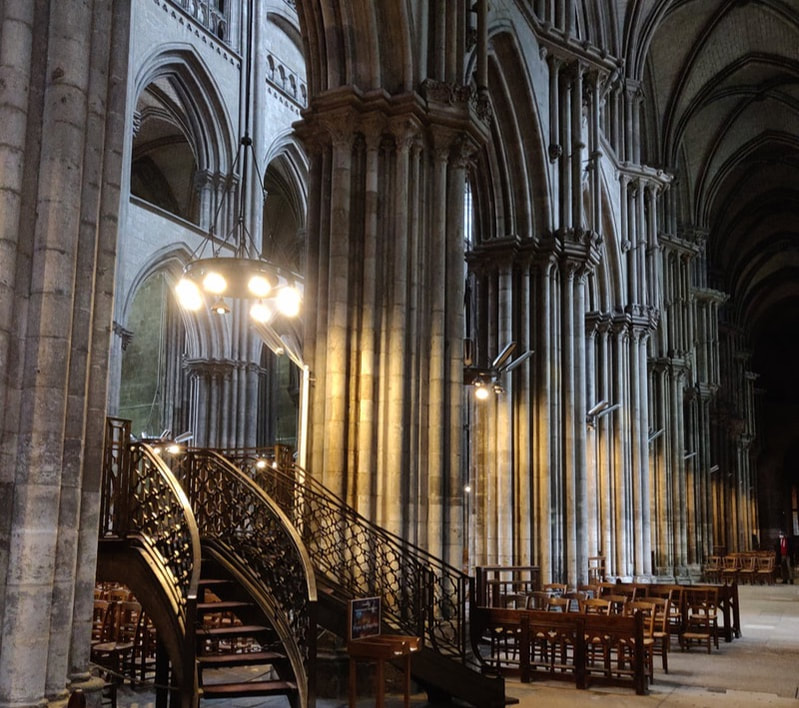
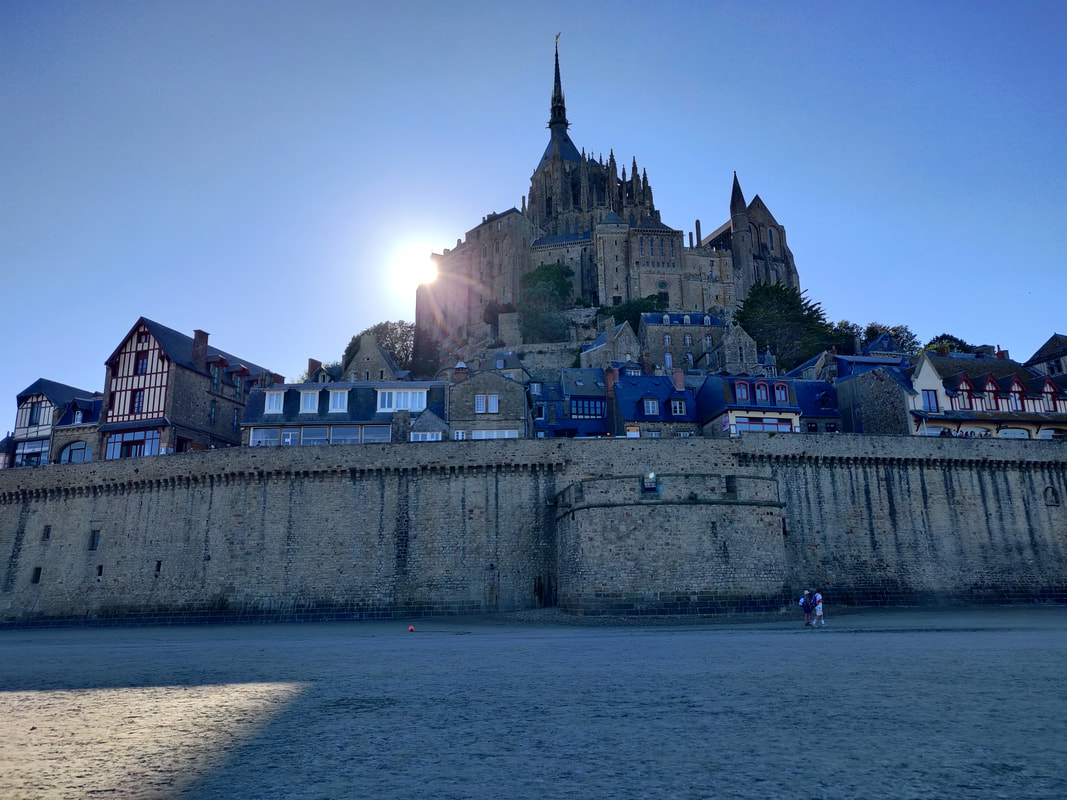
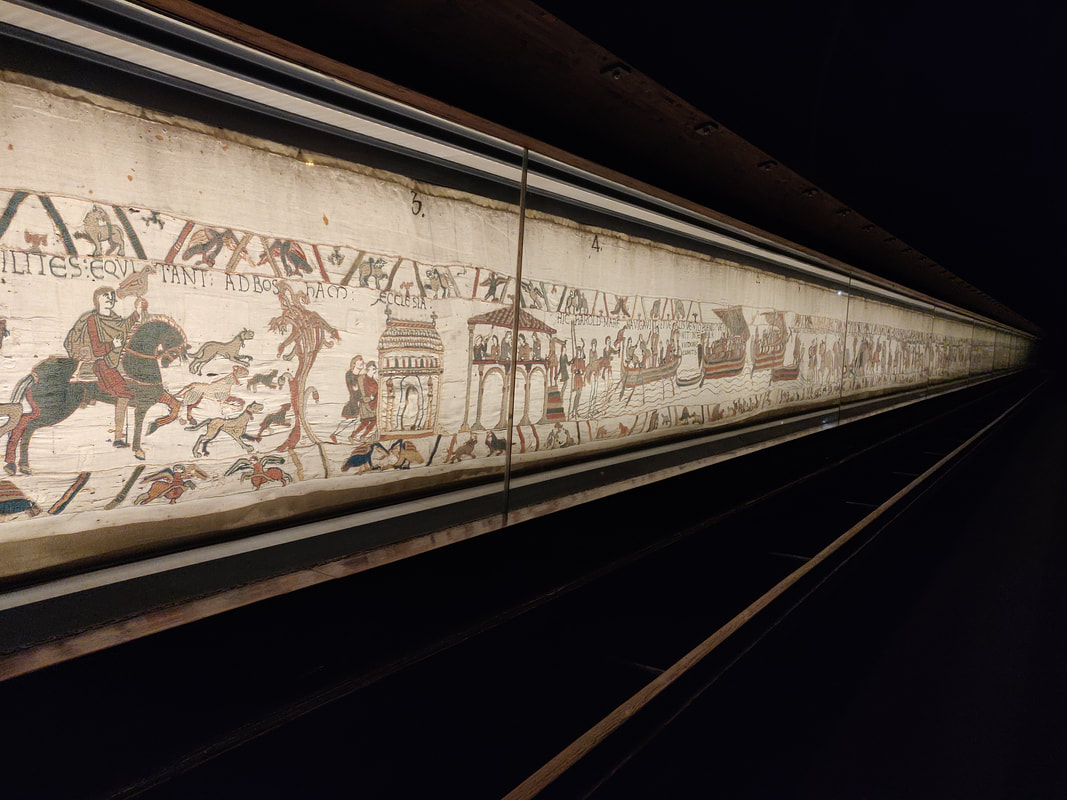
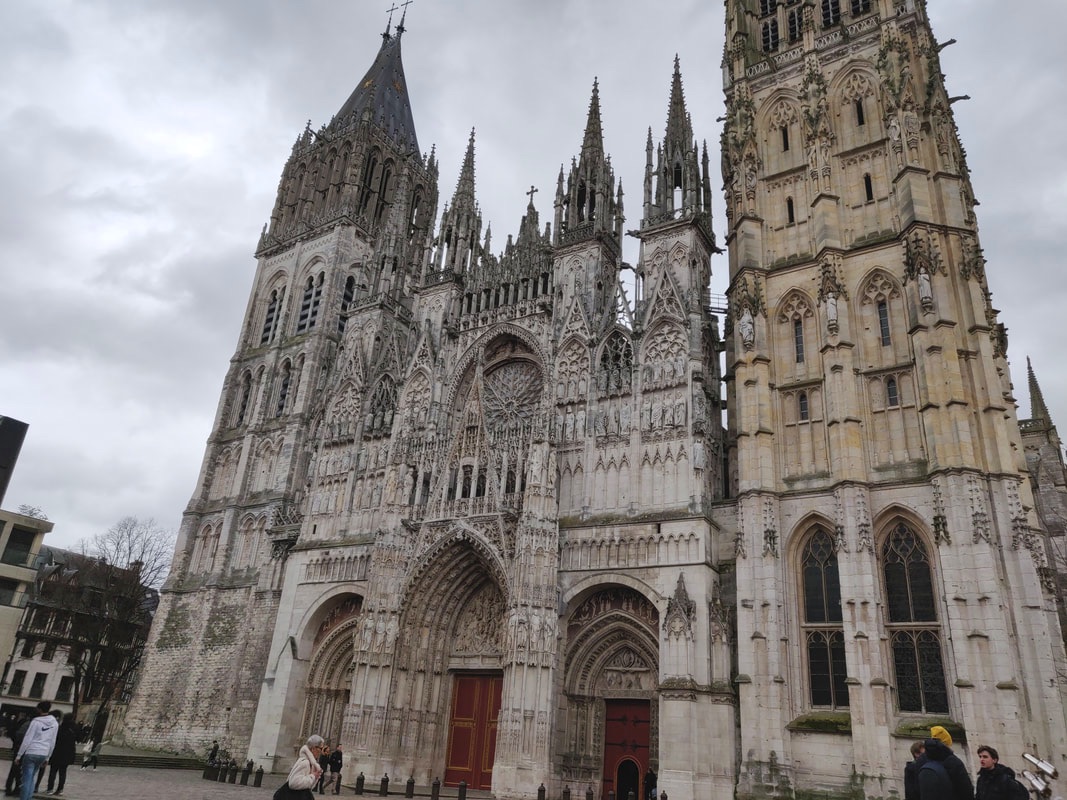
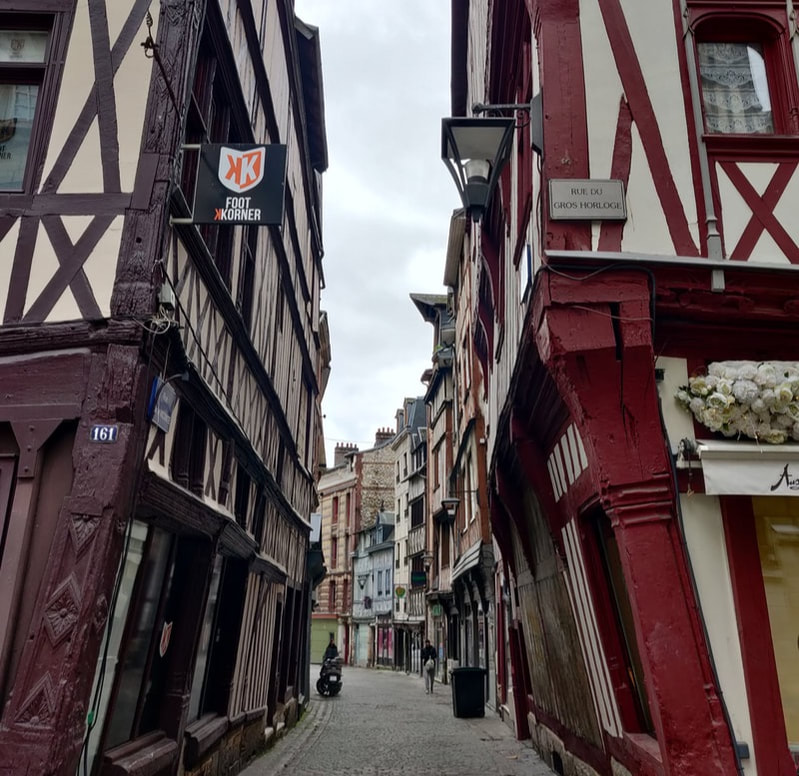
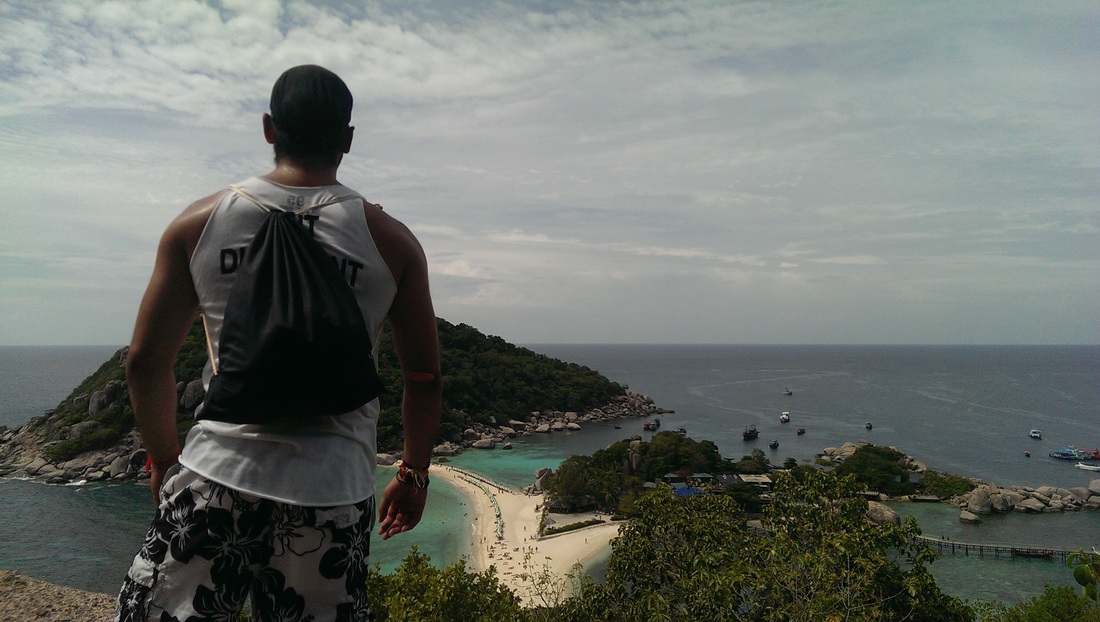
 RSS Feed
RSS Feed